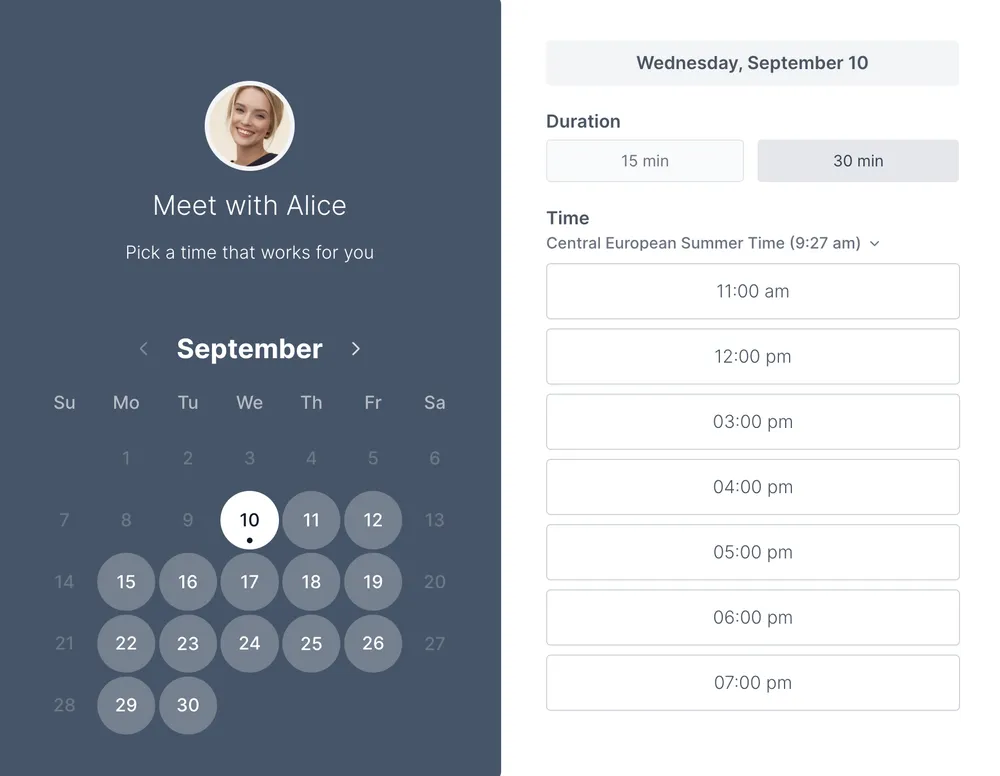Calendly vs Acuity at a glance
If you’re comparing Calendly vs Acuity Scheduling, you’re likely deciding between two of the most established appointment scheduling software tools. Both platforms help save time and simplify booking, but they differ in features, pricing, and free plan options.
In this guide, we’ll walk through pricing, features, free plans, integrations, and customer feedback—so you can see which option aligns best with your needs. And at the end, we’ll also introduce a third solution that schools, teams, and professionals are choosing in 2025.
What are the key differences between Calendly and Acuity?
| Calendly | Acuity | |
| Core focus | Streamlined meeting scheduling for professionals and teams | All-in-one scheduling, payments, and client management for service providers |
| Ease of use | Very straightforward setup; minimal friction for new users | More configuration required, especially for branding, payment logic, and client workflows |
| Free plan | Free tier available | No free version (7-day trial only) |
| Paid plan start | US$10/month per user | US$20/month |
| Payment processing | Built-in via native integrations (Stripe and PayPal) on paid plans; not available on Free. | Native payment support: Stripe, PayPal, and Square built into platform; supports deposits, payment plans, packages, and gift cards |
| Key integrations | Google/Outlook/iCal, Zoom, MS Teams | Zoom, Google Meet, iCal/Google/Outlook, |
What is Calendly?
Calendly is an online scheduling platform founded in 2013 and headquartered in Atlanta, Georgia. Over the past decade, it has grown into one of the most recognized tools in the scheduling software category, now serving millions of users worldwide each month.
The company has raised significant venture funding and positioned itself as a solution for both individuals and teams, offering integrations with workplace tools and enterprise-ready features. Calendly’s growth has made it a benchmark in the appointment scheduling space.
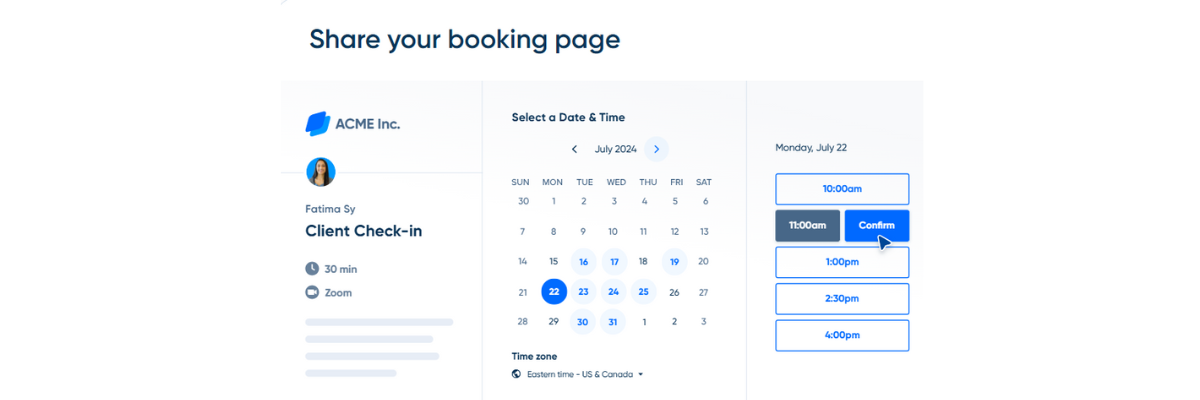
What is Acuity?
Acuity Scheduling is an online booking and scheduling software acquired by Squarespace in 2019. It sits within the same category as Calendly but it is positioned more for service-based businesses that need client scheduling, payments, and customization.
Acuity is used by professionals and small businesses that sell time directly to clients, such as coaches, wellness providers, and consultants. Backed by Squarespace’s ecosystem, it’s positioned as a comprehensive scheduling and client management system with a strong emphasis on payments and customization.
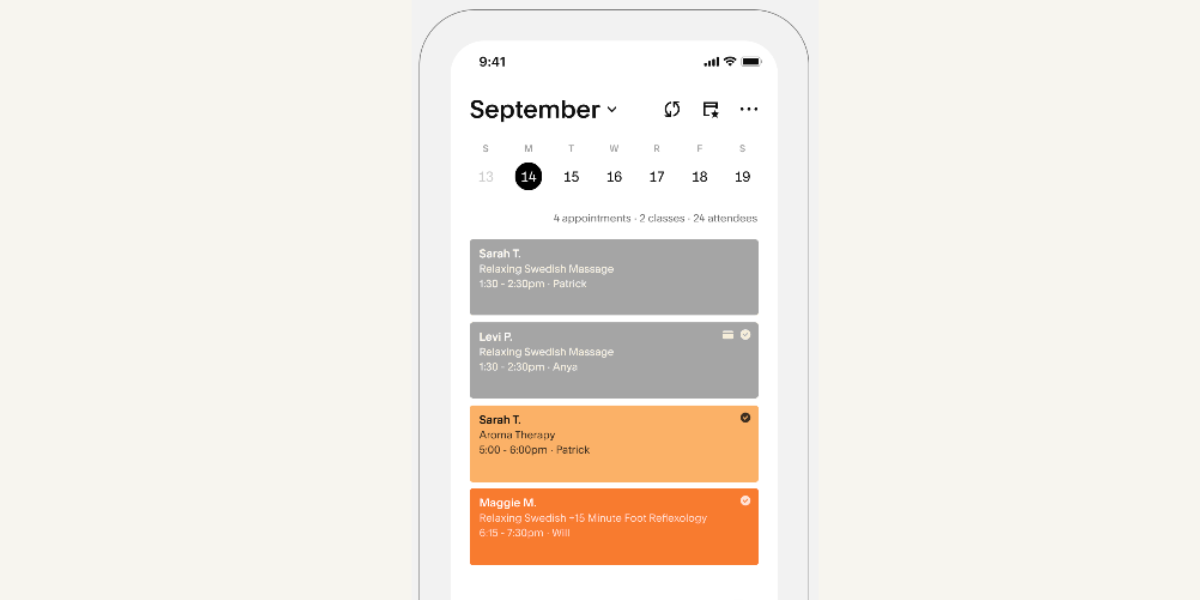.png?w=1400&fit=max&auto=format)
Who are these scheduling software built for?
| Aspect | Calendly | Acuity |
| Built for | Teams and organizations needing seamless meeting scheduling | Individuals and service businesses managing clients and payments |
| Best for | B2B professionals, recruiters, sales teams, internal business teams | Coaches, consultants, wellness providers, creatives, small business owners |
| Primary use case | Scheduling business meetings, demos, interviews, and team sessions | Running a service business: booking sessions, collecting payments, managing clients |
Calendly: The best option for small teams
Calendly works especially well for small teams that want to stay organized without adding complexity.
Marketing groups, project teams, or school departments often choose Calendly because it takes the guesswork out of coordinating everyone’s calendars.
Acuity: A strong fit for service-based businesses
Acuity Scheduling is designed with service providers in mind.
Coaches, wellness centers, salons, and consultants often choose Acuity because it combines scheduling with payments, client management, and customization. Instead of just sharing a booking link, it helps you run more of your business in one place.
The takeaway
If you’re looking for a simple way to schedule meetings, Calendly keeps it sleek and efficient. But if you’re running a service-based business where payments and client management matter just as much as scheduling, Acuity gives you the all-in-one package.
Calendly vs Acuity pricing comparison
Both tools help reduce back-and-forth emails, keep calendars in sync, and minimize no-shows. But they take different pricing approaches, let's take a look.
Calendly pricing: A budget-friendly option with a free plan
Calendly is a cost-effective scheduling tool with plans from free to $30/month. The free plan covers basic bookings, while paid tiers add reminders, branding, workflows, and team scheduling. It’s best for individuals and small teams who need an affordable, easy-to-use appointment scheduler.
Acuity pricing: A premium choice for businesses that need payments
Acuity is a premium appointment booking software starting at $20/month, with advanced features scaling up to $61/month. It includes reminders, subscriptions, payments, branding. HIPAA compliance available only on their Premium plan with signed Business Associate Agreement (BAA). Best suited for service-based businesses that need payment processing and customization, but it comes at a higher cost.
Calendly vs Acuity: Pricing Side-by-Side
| Calendly | Acuity Scheduling | |
| Free / Trial | Free Plan – $0 • 1 event type • Unlimited bookings • 1 calendar connection ❌ No reminders, branding, or team tools | Starter 7-Day Trial – Free • Full access to all features ❌ Expires after 7 days |
| Entry Plan | Standard – $10/mo • Multiple event types • Reminders & integrations ❌ No advanced workflows or branding | Standard – $20/mo • Core scheduling • Calendar sync ❌ No reminders or payments |
| Mid-Tier | Teams – $15/mo • Custom branding • SMS reminders • Workflows & reporting ❌ No team scheduling | Premium – $34/mo • Email & SMS reminders • Packages & subscriptions • Group scheduling ❌ Limited branding/customization |
| Advanced / Teams | Enterprise – $20–30/mo • Round-robin & collective scheduling • Advanced team tools ❌ Price rises as team size grows | Enterprise – $61/mo • Advanced branding • Multi-location support • Reporting & HIPAA compliance ❌ Higher cost, more complex setup |
Takeaway
Calendly offers an affordable entry point. Acuity comes in at a higher price but includes more advanced tools for client-based businesses.
Key features comparison: Calendly vs Acuity
When comparing Calendly vs Acuity features, both cover scheduling essentials like calendar syncing and online booking. The main difference lies in focus: Calendly emphasizes ease of use and quick setup, while Acuity highlights advanced features like customization, payments, and client management.
| Calendly | Acuity Scheduling | |
| Forever FREE plan | ✅ | ❌ |
| Unlimited appointments (for FREE) | ✅ | ❌ |
| Unlimited booking pages (for FREE) | ❌ | ❌ |
| Google Calendar integration | ✅ | ✅ |
| Microsoft Outlook Calendar integration | ✅ | ✅ |
| Apple iCloud Calendar integration | ❌ | ✅ |
| Zoom integration | ✅ | ✅ |
| Google Meet integration | ✅ | ✅ |
| One on one scheduling | ✅ | ✅ |
| Classes and group scheduling | ✅ | ✅ |
| Create multi-hosts events | ✅ | ❌ |
| Automatic reminders and booking notifications | ✅ | ✅ |
| Each booking page can be linked to different calendars | ❌ | ✅ |
| Automatic time zone adjustment | ✅ | ✅ |
| Custom form fields | ✅ | ✅ |
| Let invitee set the meeting location | ✅ | ❌ |
| Collect payments (USD, EUR, GBP, …) | ✅ | ✅ |
| Webhooks / Zapier integration | ✅ | ✅ |
| Custom design & branding | ✅ | ✅ |
| Offer multiple duration lengths for each link | ✅ | ✅ |
| Supports 30+ languages (English, Spanish, French, …) | ✅ | ❌ |
| Embeddable directly to your website | ✅ | ✅ |
Takeaway
The choice comes down to what you value more: ease of use at a lower price (Calendly) or flexibility with advanced features (Acuity).
Free plan comparison Calendly vs Acuity
Calendly free plan
Calendly’s free plan is limited but dependable. You get unlimited bookings just for the one free event type that you get, basic integrations, and a quick setup that works well for individuals and small teams who only need one type of meeting. It’s a tool you can genuinely keep using without a credit card, though you’ll eventually need to upgrade if you want advanced features such as multiple event types, reminders, or payment collection.
Acuity free plan
Acuity, on the other hand, offers a free trial that feels powerful right away. During the seven days you can test payment processing, intake forms, and customization, but once the trial ends you’ll need to subscribe to keep access. With starting prices higher than Calendly, Acuity is better suited for service providers who want to explore advanced features upfront before committing to a paid plan.
Side-by-side free plan comparison Calendly vs Acuity
| Calendly Free Plan | Acuity Free Trial | |
| Duration | ✅ Unlimited (free forever) | ❌ 7 days only |
| Bookings | Unlimited bookings for the one event type you get with Free | Unlimited (during trial) |
| Event Types | 1 active event type | All types (during trial) |
| Calendar Connections | 1 connected calendar (Google, Outlook, or iCloud) | Multiple calendars allowed (during trial) |
| Video Conferencing | Zoom, Google Meet, Teams (basic) | Zoom, Google Meet (during trial) |
| Reminders & Notifications | Email confirmations included | Email & SMS reminders (during trial) |
| Payments | Not included on free plan | Stripe, PayPal, Square (during trial) |
| Branding & Customization | Very limited | Full customization (during trial) |
Takeaway
Calendly offers a limited but reliable free plan you can keep using, while Acuity only provides a 7-day trial. For anyone needing lasting free access, Calendly is the better choice.
Integrations comparison Calendly vs Acuity
Calendly integrations
Calendly’s strength lies in its ecosystem of business and collaboration tools. It integrates seamlessly with Google Workspace, Outlook, Slack, Zoom, Microsoft Teams, Salesforce, HubSpot, and many CRMs. This makes it especially appealing for small teams or departments that want scheduling to flow naturally into their daily tools. For example, a teacher can launch a Google Meet link automatically, or a sales rep can log a meeting into Salesforce without lifting a finger.
The trade-off? More advanced integrations, like Salesforce or HubSpot, are only included in higher-paid tiers. Still, for teams running on Google or Microsoft tools, Calendly is a plug-and-play solution.
Acuity integrations
Acuity’s integrations lean into service-based businesses. Beyond connecting to calendars and video tools like Zoom, Acuity stands out for its payment integrations (Stripe, Square, PayPal) and client management add-ons. Coaches, wellness professionals, or schools running paid workshops can collect payments upfront, manage intake forms, and sync customer data directly to QuickBooks or Mailchimp.
This makes Acuity powerful if you need an all-in-one scheduling + payments workflow, but less flexible for teams focused on internal productivity.
Side-by-side Integrations comparison: Calendly vs Acuity
| Calendly | Acuity Scheduling | |
| Total Integrations | Aprox. 100 native integrations (plus 5,000+ via Zapier/Make) | Aprox. 30 native integrations (plus 5,000+ via Zapier/Make) |
| Calendar Sync | Google, Outlook, iCloud | Google, Outlook, iCloud |
| Video Conferencing | Zoom, Google Meet, MS Teams, Webex | Zoom, Google Meet |
| CRM | Salesforce, HubSpot (higher tiers) | Limited CRM, Mailchimp |
| Payments | Stripe, PayPal (limited to paid plans) | Stripe, Square, PayPal (deep integration) |
| Collaboration Tools | Slack, Microsoft Teams | Fewer direct options |
| Accounting | Not a focus | QuickBooks integration |
| Other | Zapier, API access | Zapier, API access |
Takeaway
If your priority is team productivity and collaboration, Calendly integrates better with the SaaS tools small teams already use. If you run a service-based business that needs payments and client management, Acuity’s integrations are hard to beat.
Customer satisfaction comparison: what users are saying about Calendly and Acuity
When you’re comparing tools, star ratings and reviews often tell you what sales pages don’t. Both Calendly and Acuity score highly with users, but for different reasons. Here’s how they stack up according to reviews on Capterra, G2, and other trusted platforms.
| ⭐️ Capterra | ⭐️ G2 | ⏳ Recency of Reviews | |
| Calendly | 4.7 / 5 (4,012+ reviews) | 4.7 / 5 (2,422+ reviews) | 85% in the last 2 years |
| Acuity Scheduling | 4.8 / 5 (5,731+ reviews) | 4.7 / 5 (406+ reviews) | 80% in the last 2 years |
Calendly: Loved for simplicity and ease of use
Calendly consistently earns praise for being straightforward and intuitive. On Capterra (4.7/5 across 3,000+ reviews) and G2 (4.7/5 with 1,500+ reviews), users describe it as a dependable tool that “just works.” Many highlight how it eliminates back-and-forth emails and makes scheduling effortless for small teams, teachers, and professionals. The sheer volume of reviews reflects its widespread adoption across industries.
Acuity: A strong fit for service-based businesses
Acuity also receives excellent feedback, with 4.8/5 on Capterra (1,000+ reviews) and 4.7/5 on G2 (800+ reviews). Service-based businesses especially value its ability to combine scheduling with payments and client management. Reviewers describe it as professional and feature-rich, though some mention a steeper learning curve compared to Calendly.
Takeaway
In terms of online reputation, both tools are highly trusted. Calendly leads in review volume and brand recognition, showing its popularity with teams and educators worldwide. Acuity scores slightly higher on satisfaction for service workflows, with strong loyalty among consultants, wellness providers, and small businesses.
A third option worth considering: Koalendar
If Calendly and Acuity feel too complex (or pricey) for what you really need, there’s another option worth exploring. Koalendar is designed for anyone who manages a busy calendar — from small business owners and consultants to educators and growing teams. It combines an intuitive setup with a generous free forever plan, so you can stay organized without extra costs or training.
| Calendly | Acuity Scheduling | Koalendar | |
| Forever FREE plan | ✅ | ✅ | ✅ |
| Unlimited appointments (for FREE) | ❌ | ❌ | ✅ |
| Unlimited booking pages (for FREE) | ❌ | ❌ | ✅ |
| Google Calendar integration | ✅ | ✅ | ✅ |
| Microsoft Outlook Calendar integration | ✅ | ✅ | ✅ |
| Apple iCloud Calendar integration | ❌ | ✅ | ✅ |
| Zoom integration | ✅ | ✅ | ❌ |
| Google Meet integration | ✅ | ✅ | ✅ |
| One on one scheduling | ✅ | ✅ | ✅ |
| Classes and group scheduling | ✅ | ✅ | ❌ |
| Create multi-hosts events | ✅ | ❌ | ❌ |
| Automatic reminders and booking notifications | ✅ | ✅ | ✅ |
| Each booking page can be linked to different calendars | ❌ | ✅ | ✅ |
| Automatic time zone adjustment | ✅ | ✅ | ✅ |
| Custom form fields | ❌ | ❌ | ❌ |
| Let invitee set the meeting location | ✅ | ❌ | ✅ |
| Collect payments (USD, EUR, GBP, …) | ✅ | ✅ | ✅ |
| Webhooks / Zapier integration | ✅ | ✅ | ✅ |
| Custom design & branding | ❌ | ✅ | ✅ |
| Offer multiple duration lengths for each link | ❌ | ✅ | ✅ |
| Supports 30+ languages (English, Spanish, French, …) | ✅ | ❌ | ✅ |
| Embeddable directly to your website | ✅ | ✅ | ✅ |
Why professionals and teams choose Koalendar
Koalendar shines when simplicity, affordability, and reliability are priorities. Its free forever plan isn’t just a limited trial — it includes unlimited bookings, unlimited scheduling pages, Google and Outlook sync, and built-in Google Meet links. That makes it a practical fit for consultants juggling client calls, HR teams coordinating interviews, coaches running sessions, or entrepreneurs who want a clean booking page without the hassle of technical setup.
And while it’s newer than big names like Calendly or Acuity, Koalendar already enjoys a 4.9/5 rating on the Google Workspace Marketplace, with over 790 reviews. Users consistently highlight how easy it is to set up, how smooth the calendar sync feels, and how rare it is to find a tool that offers this much value for free.
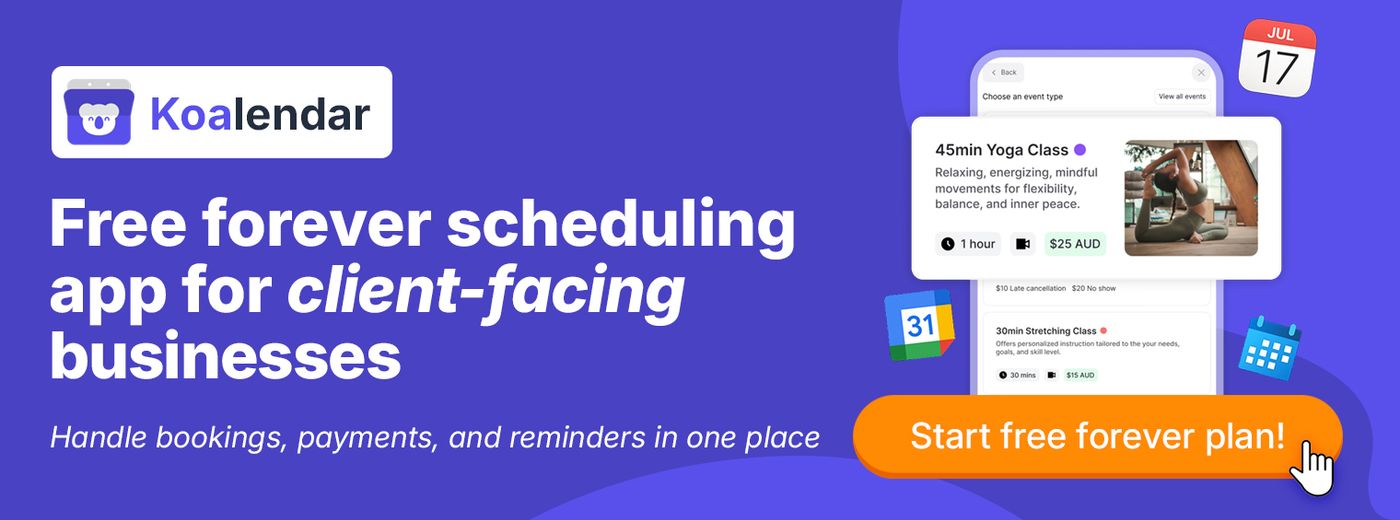

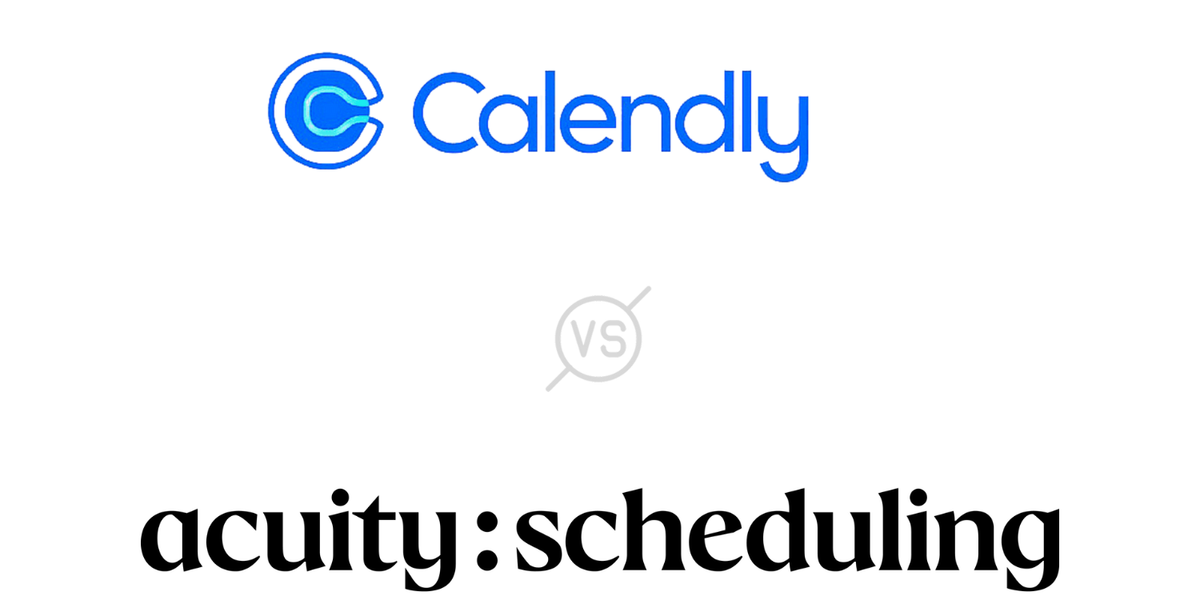
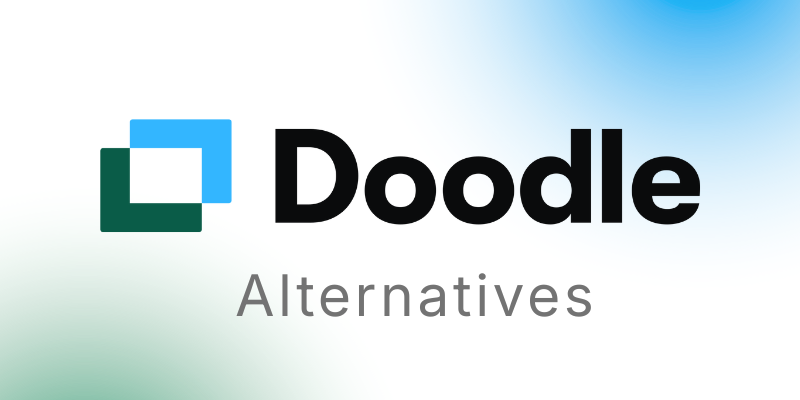
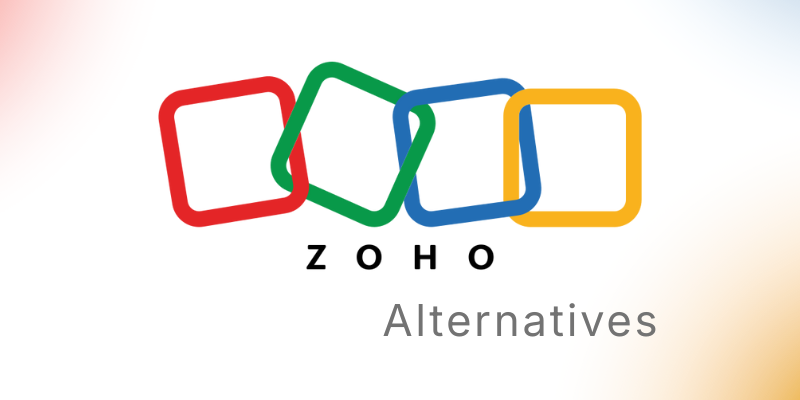
.png?w=800&fit=max&auto=format)
